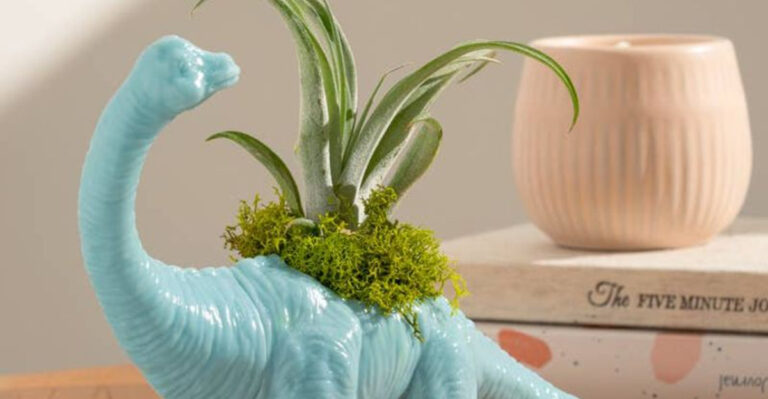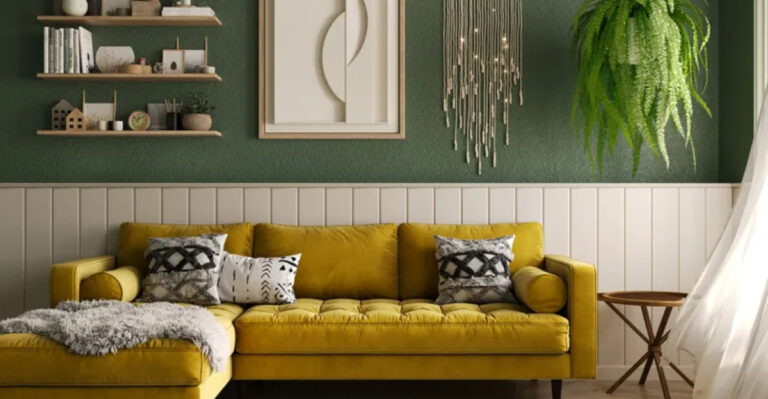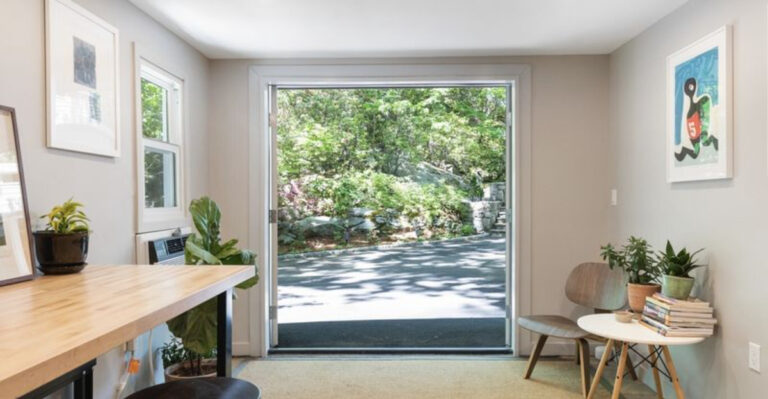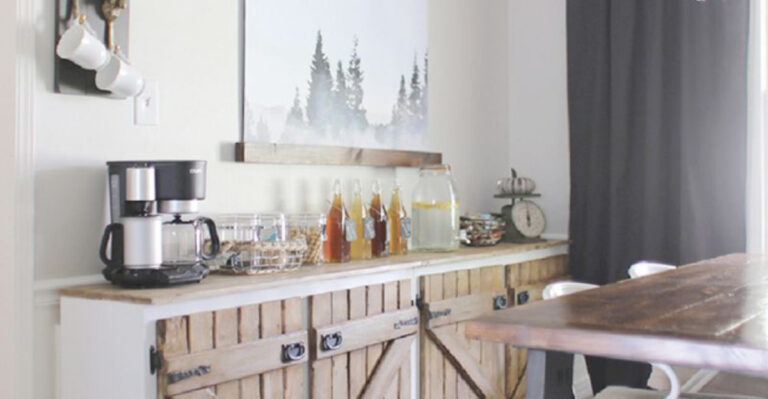8 Ways To Make Your Home Welcoming To Wildlife With Green Roofs (Plus What To Avoid)
Turning my green roof into a wildlife haven has been one of the quirkiest and most rewarding projects I’ve tackled. With the right plants and features, your rooftop becomes a buzzing, chirping paradise.
From drought-tolerant wildflowers to tiny water features that frogs will thank you for, it’s amazing how quickly nature moves in.
Whether you’re a newbie with a dream or a dirt-under-the-nails garden pro, here are fun and practical ways to roll out the green carpet for your wild neighbors.
1. Install A Living Green Roof With Native Plants
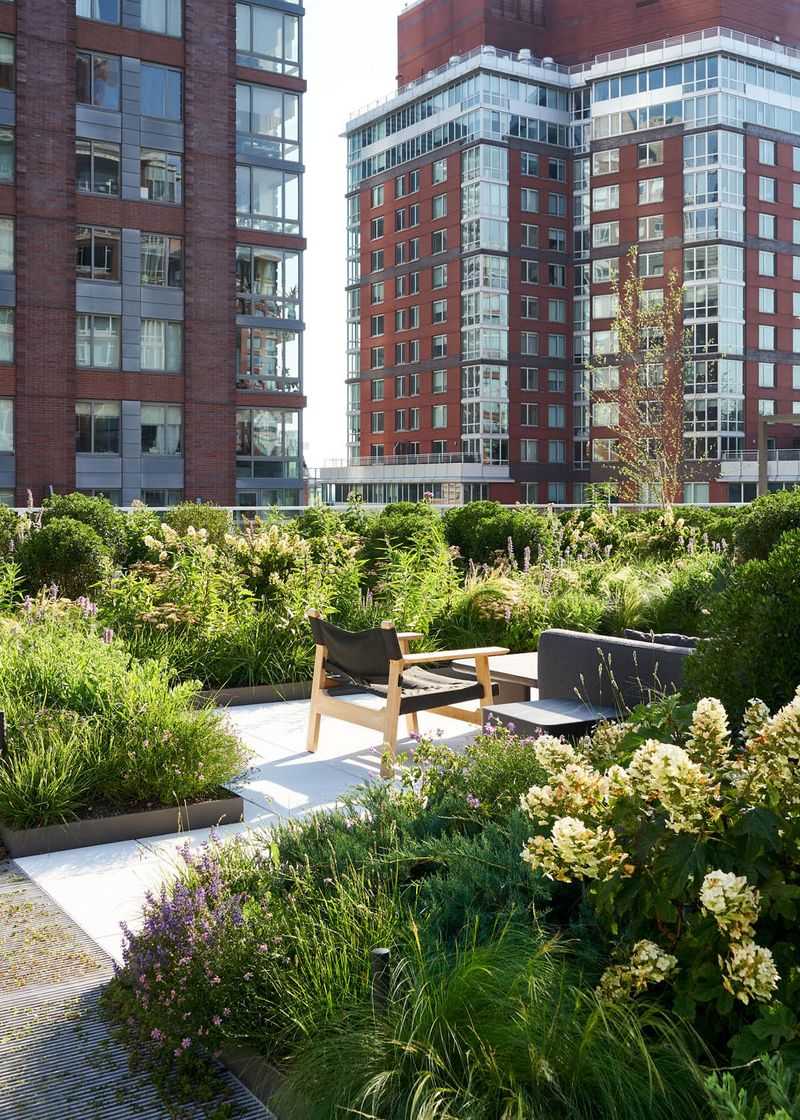
With native flora, you’ll attract a host of local critters. These plants already know the neighborhood, so they’ll thrive without much fuss.
Think of it as a community garden for nature’s residents. Native plants not only invite local insects and birds, but they also support the broader ecosystem.
Split the roof into sections for diversity. Your roof will become a lively neighborhood filled with chirps, rustles, and buzzes. And the best part? Minimal maintenance. That’s a win-win for everyone.
2. Choose Low-Maintenance, Drought-Tolerant Species For The Green Roof

Who doesn’t love a rooftop that’s easy to care for and still looks fabulous? Drought-tolerant plants are like the camels of the plant world – they store water and survive with little fuss.
Sedums and succulents are some star choices. These hardy fellows need less watering, making them perfect for the forgetful gardener.
Plus, they offer a delightful texture and color variety without being demanding. Invite these resilient beauties to the party, and your roof will stay green through dry spells.
3. Create A Habitat For Pollinators By Planting Flowering Plants
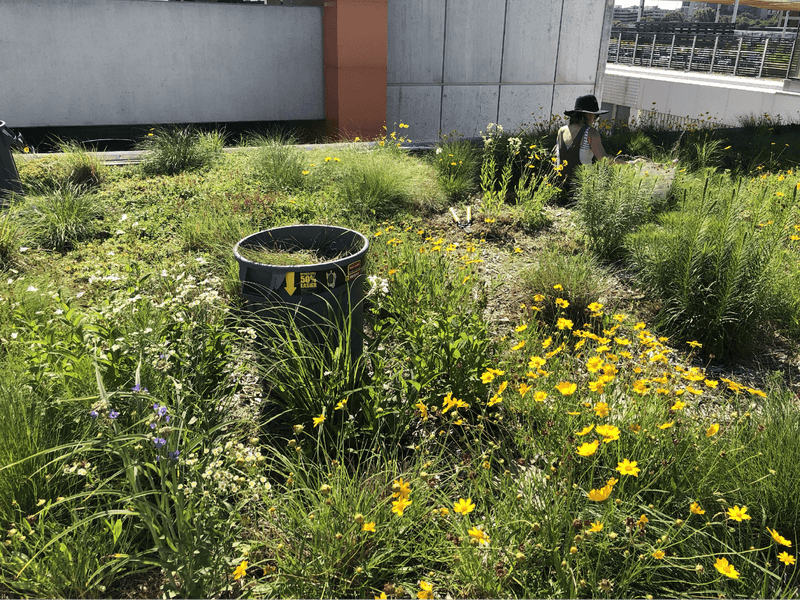
Bees and butterflies are like the VIP guests of the plant world. They buzz around, spreading pollen and cheer. Flowering plants are their favorite stop.
Think of colorful blossoms as nature’s invitation card to these pollinators. Mix in different types of flowers to keep them coming all season long.
Your rooftop will become a vibrant dance floor filled with fluttering wings. You’ll be supporting a crucial part of the ecosystem while adding a splash of color to your roof.
4. Use A Variety Of Plant Heights To Attract Diverse Wildlife
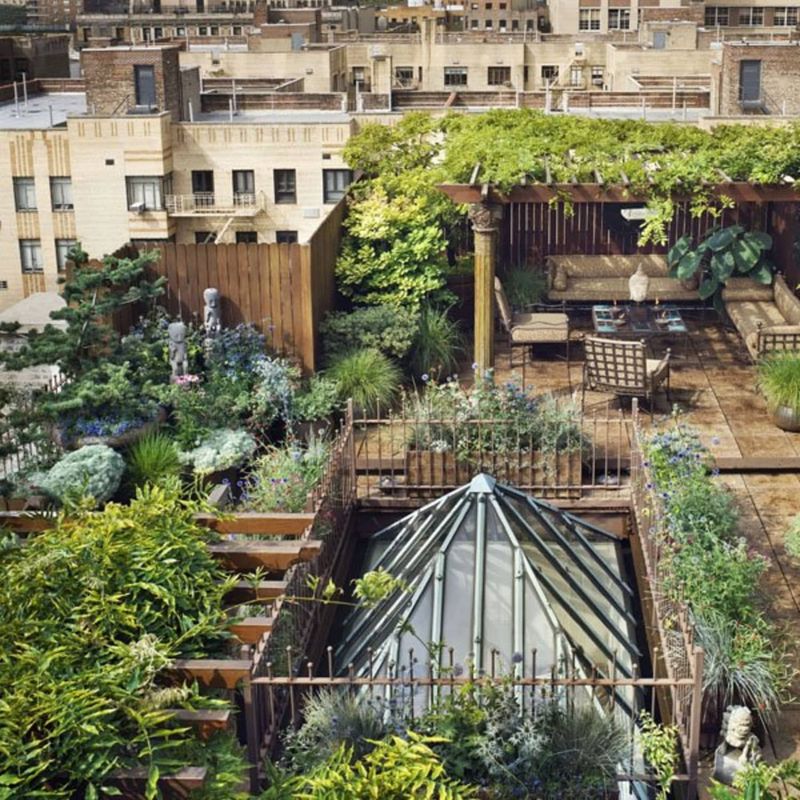
Variety is the spice of life, and it’s also the secret to a thriving green roof. Different plant heights create a multi-layered habitat that invites more species.
Short grasses, medium shrubs, and tall perennials provide a rich tapestry of textures. Each layer offers something unique – from hiding spots for critters to new vantage points for birds.
The more layers you can add, the more diverse your wildlife guests will be. This layered approach is not only visually appealing but also ecologically rewarding.
5. Add A Water Feature Or Birdbath On The Green Roof For Hydration
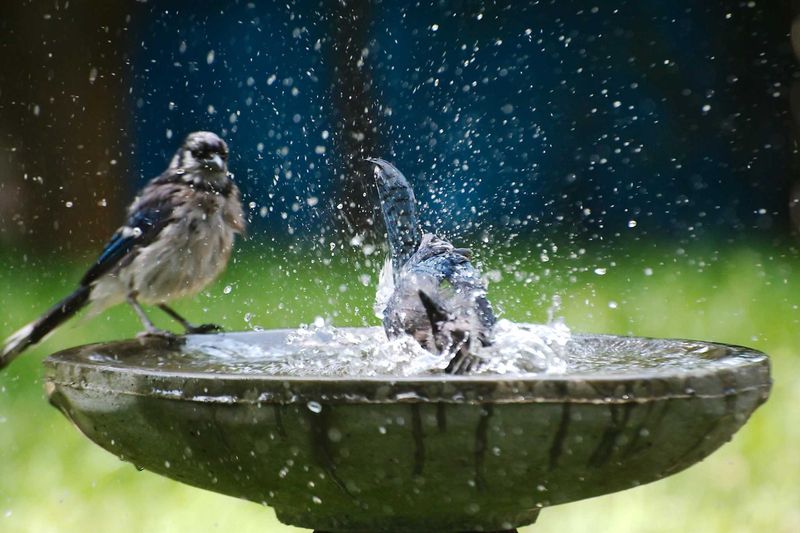
Water, water, everywhere, and every critter needs a drink! Adding a birdbath or small water feature is like opening a rooftop café for wildlife.
Birds, insects, and other creatures will flock to your roof for a refreshing sip. Keep the water clean, and you’ll have regular visitors.
A small fountain or bubbler can also add soothing sounds. Your rooftop will become a lively oasis, filled with chirps and splashes. This tiny addition makes a huge difference in supporting local wildlife.
6. Incorporate Birdhouses Or Bat Boxes On The Roof
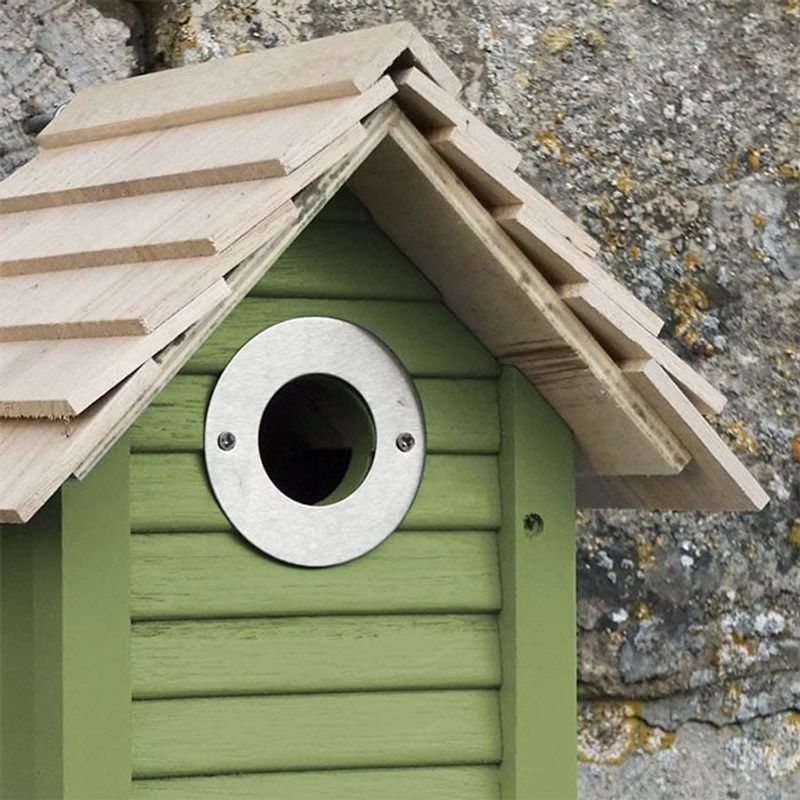
Some creatures prefer to hang out rather than buzz around. Birdhouses and bat boxes provide safe nesting spots for feathered and nocturnal friends.
Birds will appreciate the shelter, while bats will help control pesky insects. Choose different designs to attract various species.
These homes offer safety and comfort, encouraging wildlife to stay longer. It’s a delightful way to watch nature up close without leaving your home.
7. Ensure The Green Roof Has Accessible Pathways For Insects And Small Animals
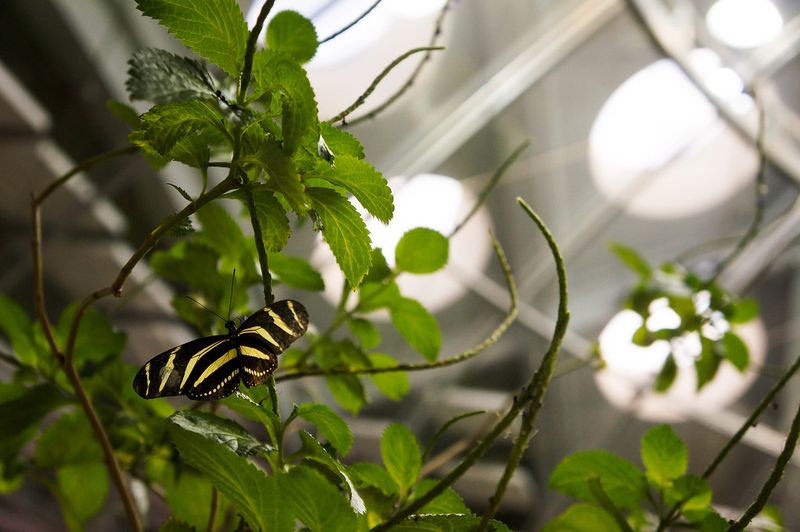
Trails and paths aren’t just for humans. Insects and small animals need clear routes to navigate your green roof. Design your layout with these little travelers in mind.
Low tunnels and pathways ensure they don’t get lost in the foliage. Think of it as creating a miniature cityscape for critters. You’ll encourage exploration and create a bustling community.
These paths promote movement and interaction, making your roof a dynamic ecosystem. And who knows? You might even find yourself watching a tiny parade from time to time.
8. Use Organic Materials And Avoid Chemical Fertilizers Or Pesticides
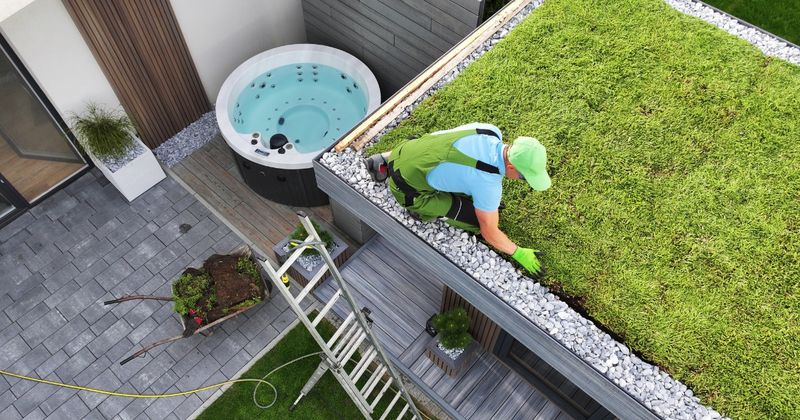
Let’s keep it au naturel! Organic materials are the best choice for a green roof. Chemical fertilizers and pesticides may promise quick results, but they can harm the very wildlife you’re trying to attract.
Choose compost and natural amendments to nourish your plants. It’s like feeding them a wholesome, balanced diet.
Not only will your flora thrive, but your rooftop will be a safer place for visiting creatures. By going organic, you’ll create a healthier environment for everyone.
9. Installing A Green Roof With Non-Native Plant Species

Foreign plants may seem exciting, but they often aren’t the best guests for your green roof party. They can disrupt the local ecosystem and outcompete native species.
These unruly visitors might not attract the local wildlife you want to see either. It’s like inviting someone to a potluck who doesn’t bring a dish to share.
Stick with plants that know the neighborhood and play well with others. By choosing native species, you ensure your green roof supports local biodiversity.
10. Using Synthetic Chemicals Or Pesticides On The Green Roof
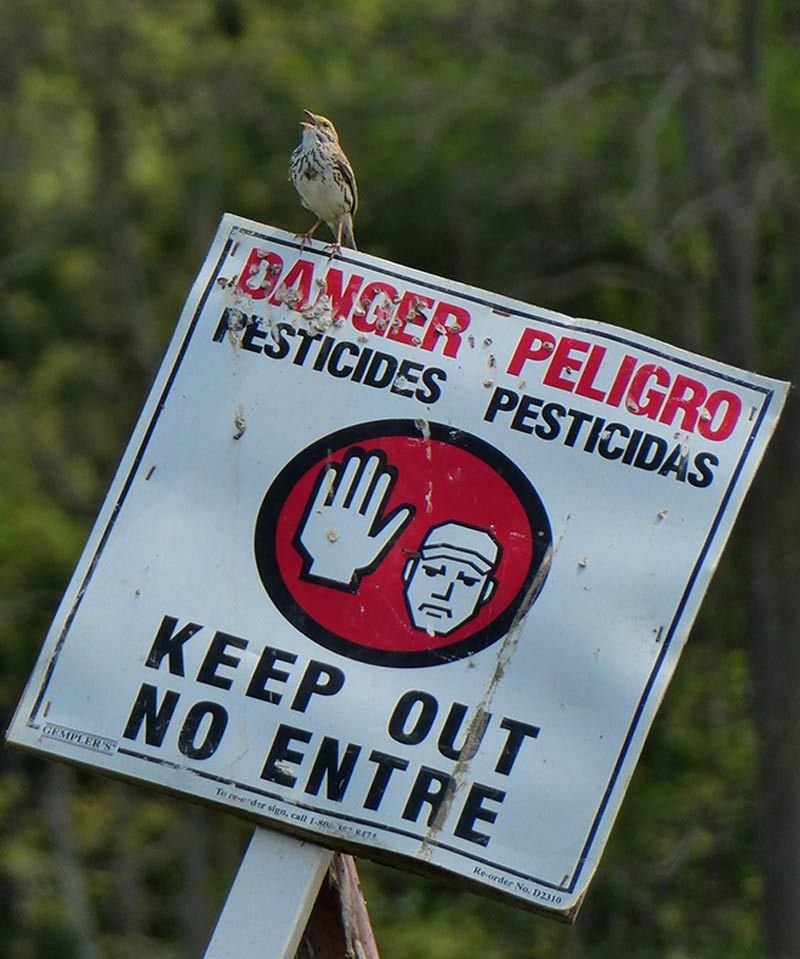
Chemical warfare has no place on a wildlife-friendly green roof! Synthetic pesticides can harm the very creatures you aim to welcome.
These chemicals may solve one problem but create a cascade of others. Opt for natural solutions to pest management. Encouraging natural predators like birds or beneficial insects keeps the balance without harmful residues.
Embrace the organic way, and you’ll foster a healthier environment for both plants and critters. Your green roof will thank you with flourishing life and activity.
11. Allowing The Roof To Become Too Overgrown, Blocking Sunlight
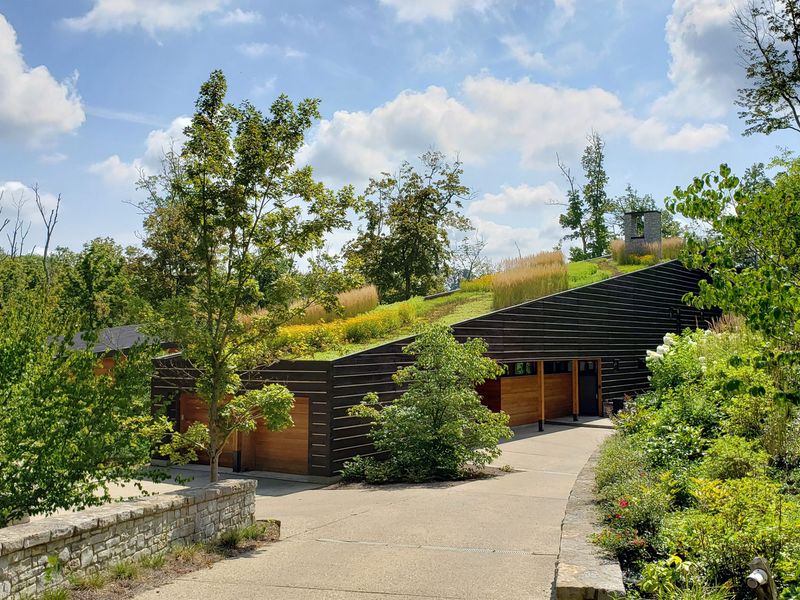
Ever feel like your garden is plotting against you? An overgrown green roof can cause more harm than good. When plants grow too wild, they block sunlight and create a tangled mess.
Trim regularly to maintain balance and to ensure each plant gets its share of sunlight. This way, all layers can thrive, and your roof remains a welcoming habitat.
It’s a bit of garden feng shui. Finding harmony in pruning. Keep it tidy, and your green roof will be a harmonious oasis.
12. Neglecting Proper Drainage, Which Can Harm Wildlife And Plants
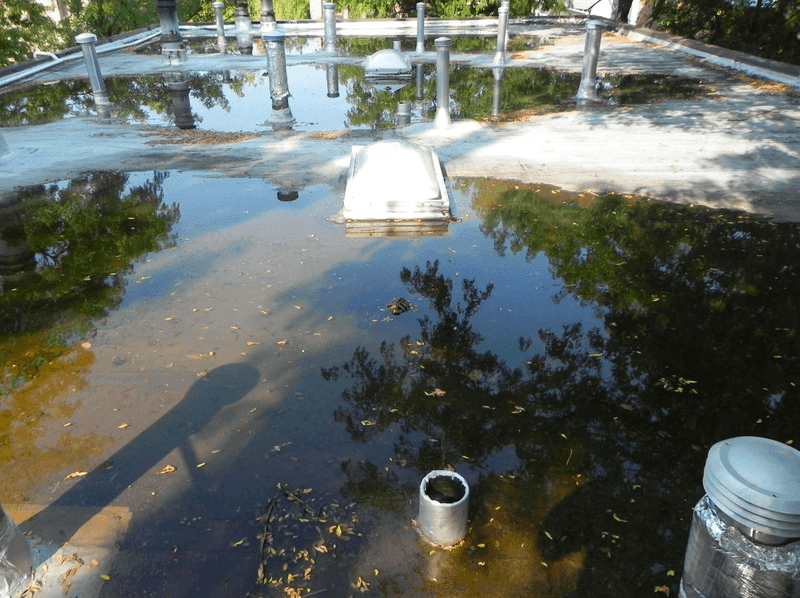
Water, water everywhere, but not a drop to spare. Poor drainage can turn a thriving green roof into a swampy mess. Standing water is not a friend to plants or wildlife.
It invites mosquitoes and drowns delicate roots. Ensure your roof has proper drainage channels. Think of it as providing your plants with the right footwear. No one likes soggy socks!
By managing water flow, you keep your roof healthy and inviting. A little planning goes a long way in preventing those watery woes. Keep it dry, and your wildlife will happily visit.
13. Making The Green Roof Inaccessible To Wildlife By Placing Barriers
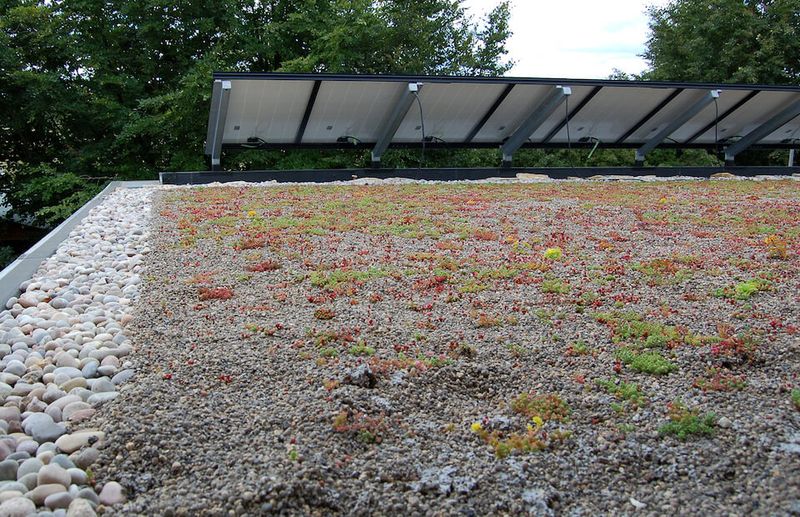
Imagine a rooftop party with a big bouncer at the door. Barriers on a green roof can prevent wildlife from visiting.
Fences and railings may have their place, but ensure they don’t block access for small critters. Consider ways to make your roof accessible, like low openings or ramps.
Removing unnecessary barriers invites more activity and life to your roof. A little openness goes a long way in creating a thriving ecosystem. Let the party roll on without hindrance!
14. Choosing Plants That Are Invasive Or Disruptive To Local Ecosystems
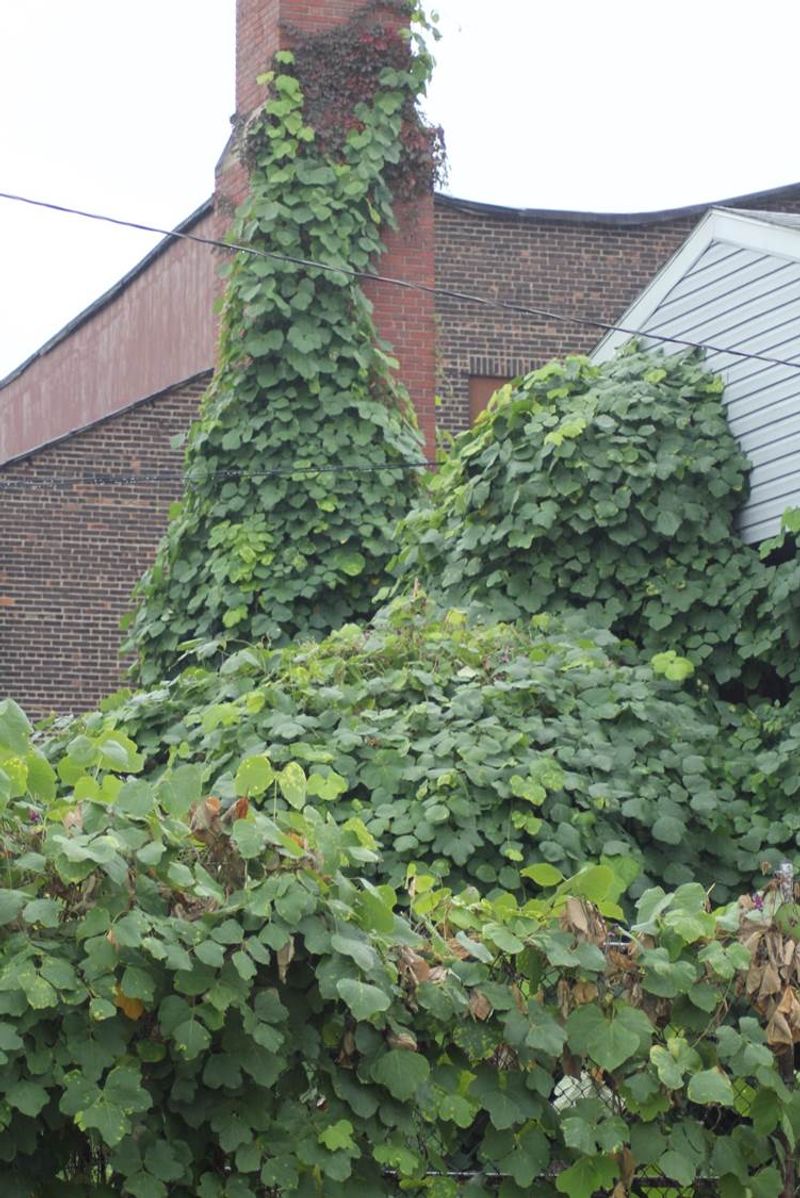
Invasive plants might seem charming at first, but they can quickly overstay their welcome. They grow aggressively and push out native species, disrupting local harmony.
Research before planting to ensure your choices contribute positively to the ecosystem. Native plants are team players and ensure your green roof thrives without drama.
By selecting wisely, you’ll maintain a balanced and supportive environment. It’s all about harmony and cooperation in your rooftop garden.
15. Ignoring Local Regulations Or Guidelines For Green Roof Installation
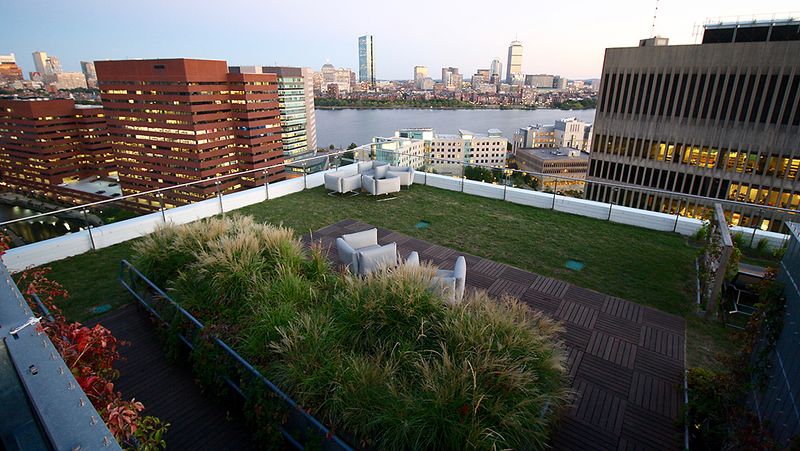
Rules and guidelines might not be glamorous, but they’re essential. Ignoring local regulations can lead to costly mistakes and even legal troubles.
They’re there to ensure safety and sustainability. Consult with professionals and check with local authorities when planning your green roof.
By adhering to guidelines, you ensure your green roof is a sustainable success. Play by the rules, and your rooftop will thrive harmoniously.
16. Installing Green Roofs Without Considering The Structural Integrity Of The Building
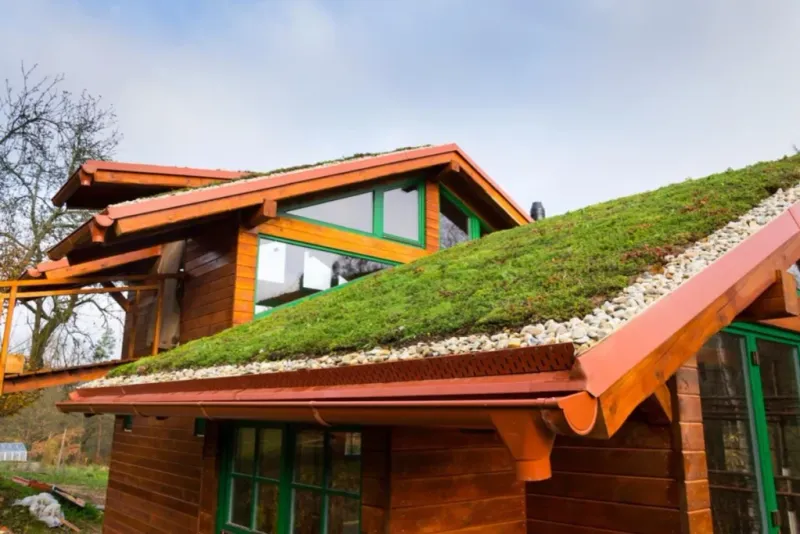
A green roof might seem like a featherlight addition, but it carries weight – literally. Ignoring structural integrity can lead to serious issues.
Consult with architects and engineers to ensure your building can support the new load. It’s like checking the foundation before building a castle in the sky.
Proper assessment ensures safety and longevity. By taking the time to evaluate, you’ll avoid future headaches and create a stable and secure environment.


